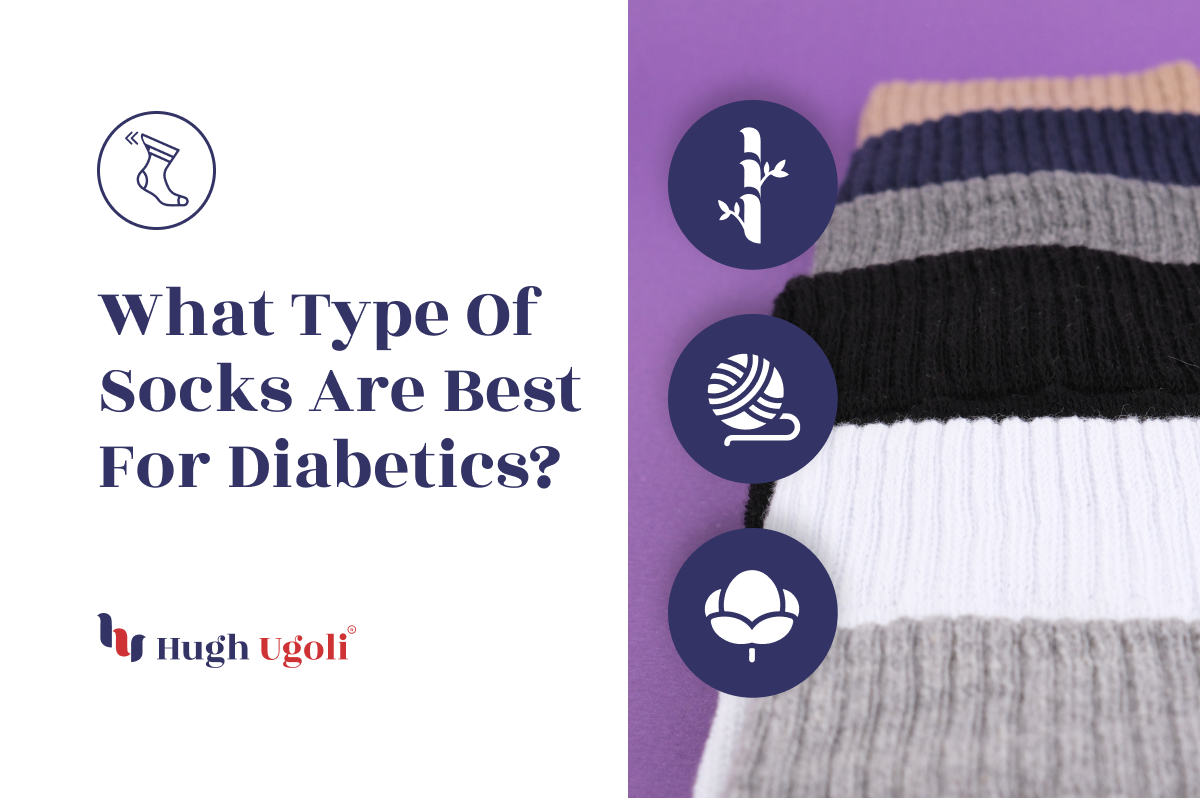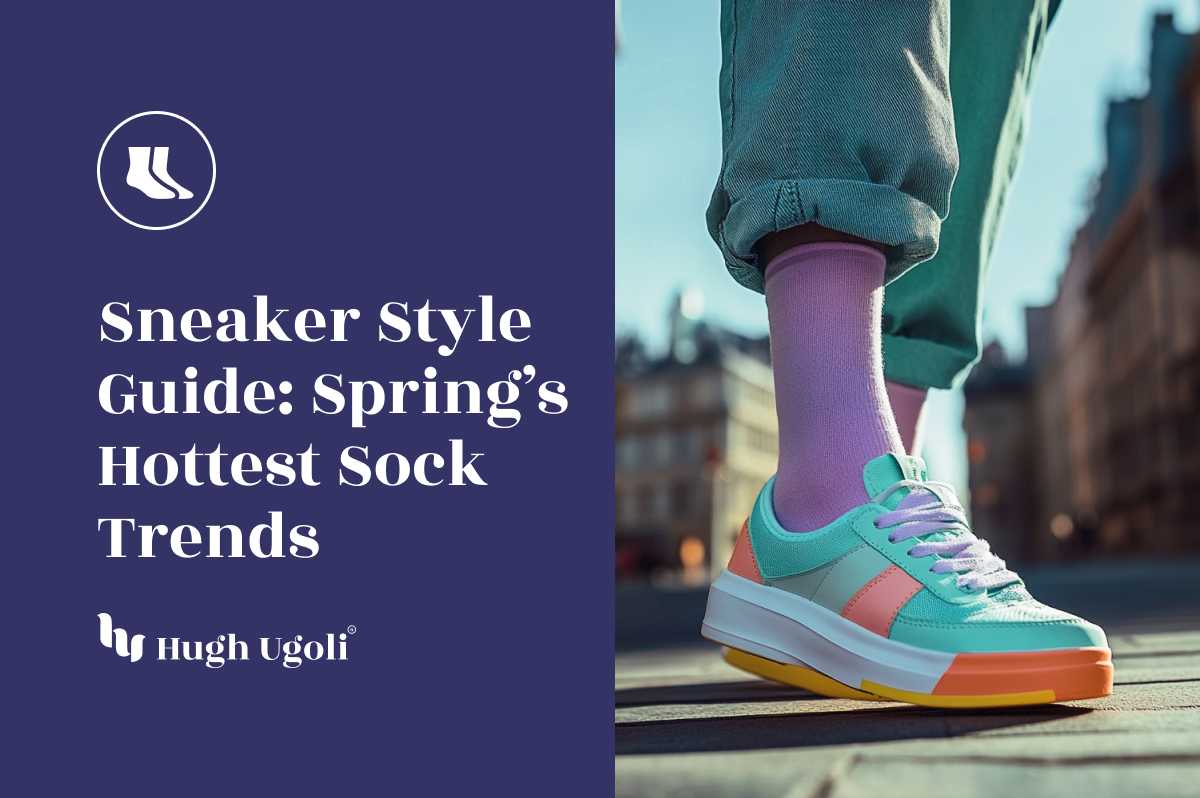For individuals living with diabetes, finding the right type of socks is more than a matter of comfort—it's a crucial step in managing their health and preventing complications. Diabetic socks are specifically designed to minimize the risk of foot injuries, enhance blood circulation, and keep the feet dry and comfortable. But with various options available, what type of socks are best for diabetics? Let's delve into the essential features and benefits that define the ideal diabetic socks.

Key Features of Diabetic Socks
1. Non-Constricting Fit: Diabetic socks should have a loose, non-binding fit to improve blood circulation. Unlike traditional socks, they should not leave marks or constrict the leg, preventing circulation issues.
2. Moisture-Wicking Material: Keeping feet dry is crucial for diabetics to reduce the risk of fungal infections. Look for socks made from materials that wick moisture away from the skin.
3. Seamless Construction: Socks with seams can rub against the skin, causing blisters or ulcers. Diabetic socks often feature seamless construction to eliminate this risk.
4. Padding and Cushioning: Extra padding in areas prone to pressure can provide additional comfort and protection, reducing the risk of foot injuries.
5. Breathable Fabric: Good airflow helps keep the feet dry and prevents infections. Materials like bamboo, cotton, and certain blends are known for their breathability.
After understanding the Key Features of Diabetic Socks that contribute to their effectiveness in managing foot health for diabetics, you might be wondering how to choose the perfect pair that embodies all these essential qualities. The decision-making process is crucial, as the right socks can significantly impact your comfort and health. For a deeper dive into what makes diabetic socks truly beneficial and to ensure you're equipped with the knowledge to make the best choice, don't miss our detailed guide, '5 Must-Have Features in Your Next Pair of Diabetic Socks.' This comprehensive article breaks down the top features you should look for in diabetic socks, helping you to navigate your options with confidence and ease.
Best Materials for Diabetic Socks
- Bamboo: Offers natural antibacterial and moisture-wicking properties, making it an excellent choice for keeping feet dry and reducing odor.
- Cotton: A soft and breathable option, cotton is gentle on sensitive skin, though it's best when blended with moisture-wicking fibers to enhance its ability to keep feet dry.
- Wool: Known for its temperature-regulating properties, wool keeps feet warm in winter and cool in summer, while also being soft and moisture-wicking.
Diabetic Socks vs. Compression Socks
It's important to differentiate between diabetic socks and compression socks. While both can benefit individuals with diabetes, they serve different purposes. Compression socks are designed to help with circulation issues and reduce swelling, making them a good choice for some diabetics, especially those with edema or those who stand for long periods. However, not all diabetics need the added compression, and in some cases, a non-constricting diabetic sock is the better option for everyday wear.
Conclusion
Choosing the right type of socks is essential for anyone, but it's especially critical for those managing diabetes. The best diabetic socks are those that combine a non-constricting fit, moisture-wicking materials, seamless construction, adequate padding, and breathability. By selecting socks with these features, individuals with diabetes can significantly reduce their risk of foot complications, improve comfort, and maintain better overall foot health. Remember, consulting with a healthcare provider can help determine the most suitable type of diabetic socks based on your specific needs and condition.
















